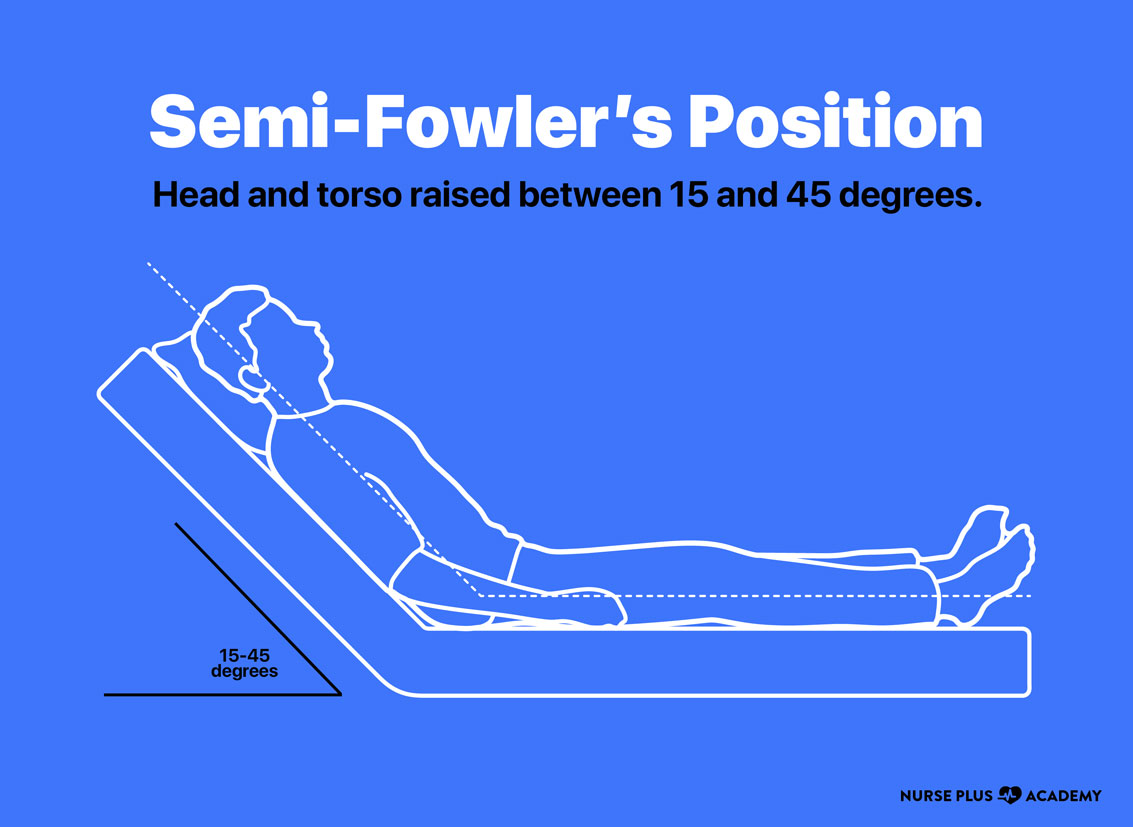


The patient is placed in a reclined position with the backrest between 30° and 60° and with flexed or straight knees in Fowler’s position.

These positions are often clinically used without distinction between acute- or chronic-phase illness. 2Ĭlinically, frail patients are placed in Fowler’s position or a semiseated position on the bed. pointed out that studies of orthostatic hypotension in frail patients, such as those with decompensated heart failure, are scarce and preventive interventions remain insufficient. 14 In light of these facts, methods of preventing hypovolemia and hypotension during orthostatic stress need to be investigated. 5 Previous studies have observed orthostatic hypotension in 54% of seated older inpatients resting on a bed for more than 12 h. Orthostatic hypotension has been reported in more than 60% of frail older patients in an acute geriatric ward. 9 – 12 Age-related decreases in vagal nerve activity have been suggested as contributing factors for orthostatic hypotension in elderly individuals. 7, 8 Numerous studies have suggested that advancing age is associated with decreases in vagal nerve activity. 1 – 5 Generally, a tachycardic response occurs due to vagal withdrawal according to the downward blood shift that occurs under orthostatic stress in healthy humans, 6 although orthostatic hypotension presents as an excessive drop in cardiac output (Q) and lower tachycardic response in frail and elderly patients as a consequence of inadequate vascular contraction or autonomic dysfunction. Bed rest, heart failure, depletion of intravascular volume, and aging often induce hypotension when the body or trunk is upright.


 0 kommentar(er)
0 kommentar(er)
